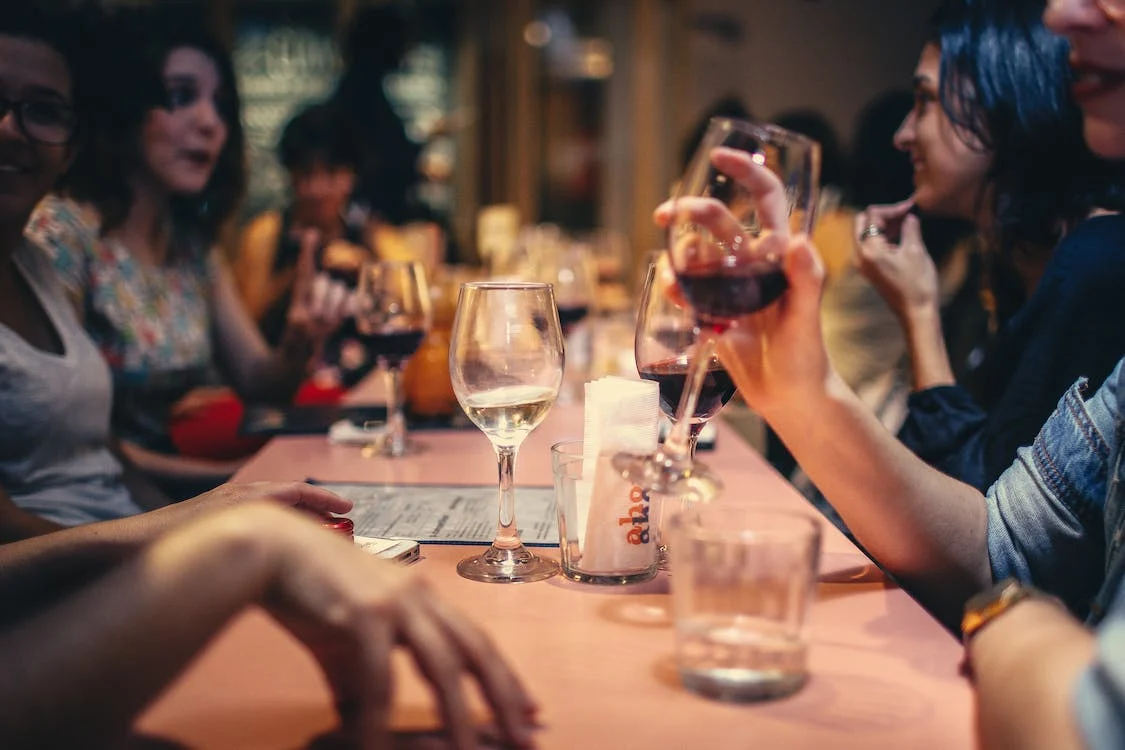Herbalife Nutrition Clubs are becoming more widespread in many low-income neighborhoods around the world. Nutrition Clubs are community gathering hubs where people go to get a nutritious meal replacement beverage and work with coaches to develop a healthy diet and exercise plan. These clubs can help people overcome the challenges often seen in food deserts, where access to fresh fruits and vegetables is often limited.
The Herbalife Nutrition Club Backstory
The first Herbalife Nutrition Club opened in Mexico in 2004. Husband and wife independent distributors Enrique Varela and Graciela Maier opened the first club. Their vision was to bring health and wellness products to impoverished neighborhoods by making it possible to buy a single-serving meal replacement protein shake. This gave people who could not afford to buy canisters access to healthy options they may not otherwise try.
But, selling the products was not their only mission. They wanted to educate their customers about a proper diet and healthy lifestyle choices. The team believed that armed with the right information and community support, people would be able to achieve their weight-loss goals and improve their overall health.
The Evolution of the Herbalife Nutrition Club During a Global Pandemic
The benefits of gathering with others each day to enjoy a nutritious breakfast are numerous. Customers feel motivated and trained to live a healthy, active lifestyle. And, independent distributors are one-on-one coaches who help club attendees set goals and provide encouragement to stay on track. The community is also a welcoming place to share victories and setbacks without fear of judgment.
Since their inception, the clubs have been a place to connect with coaches and other people on a personal weight-loss journey. When the pandemic hit, rigorous restrictions on face-to-face interactions threatened to curtail community building. Fortunately, visionary independent distributors embraced digital strategies that leveraged social media to maintain current relationships and expand opportunities.
Virtual communities began popping up on Facebook, Instagram, and Zoom. Herbalife began introducing new products on its social media pages. Independent distributors continued to offer in-person activities when appropriate and supplemented their community services with virtual customer service, online training, and instructional videos.
The Best of Both Worlds
From a customer’s point of view, the traditional Nutrition Club offered a place where anyone could come and hang out. While visiting a neighborhood club, guests could order a tea, protein drink, or smoothie and share their dietary goals and objectives with knowledgeable coaches. Each club has its unique rhythm. Some have calming music playing in the background, while others may have free Wi-Fi and educational videos playing on a large-screen TV. All clubs are welcoming and offer socializing opportunities for everyone who comes in.
From a business perspective, independent distributors create health-focused communities to meet the ever-changing needs of their customers, whether that is virtual or in-person. They are coaches and business leaders who listen to their customer and help them along their journey. Virtual Nutrition Clubs offer the same services traditional clubs offer except they deliver them via digital platforms.
Herbalife’s main priority has always been about improving people’s nutritional habits around the world. Today, the company’s long-standing commitment to building relationships revolves around adapting to diverse economic and societal conditions. Social media plays a major role in the continued growth and popularity of Herbalife Nutrition around the globe. And, the evolution of their neighborhood clubs demonstrates the brand’s willingness to go the extra mile to reach people in food deserts that need the products and their support.
